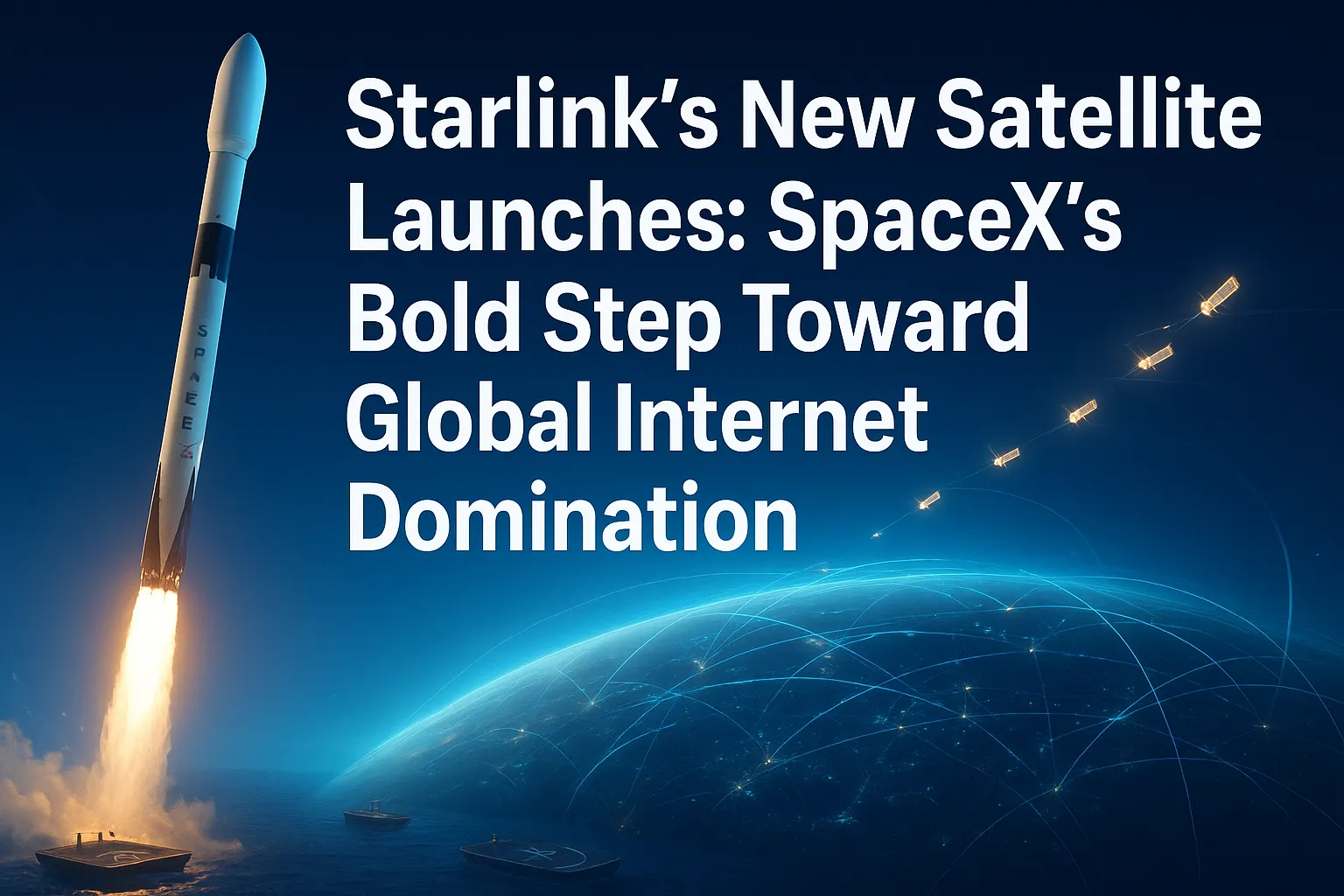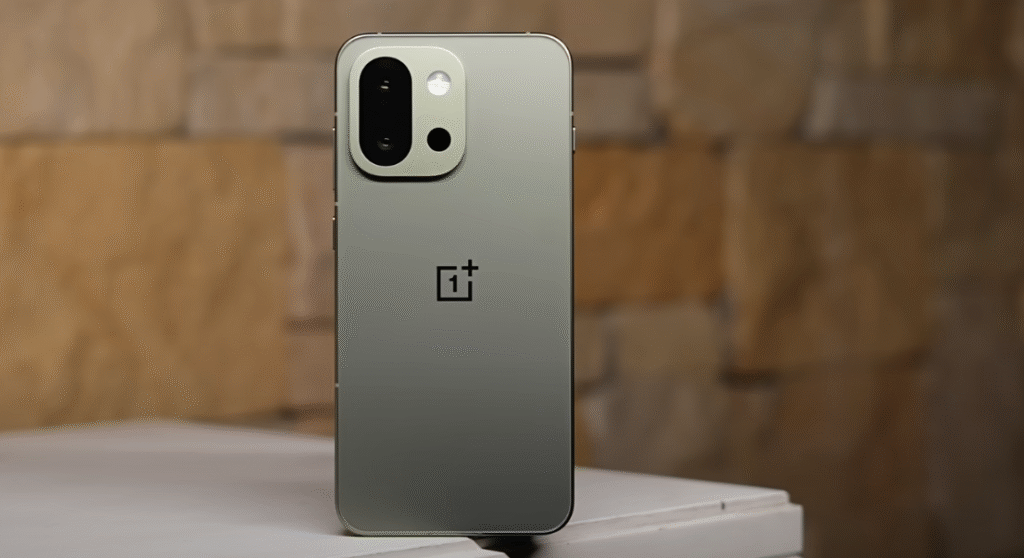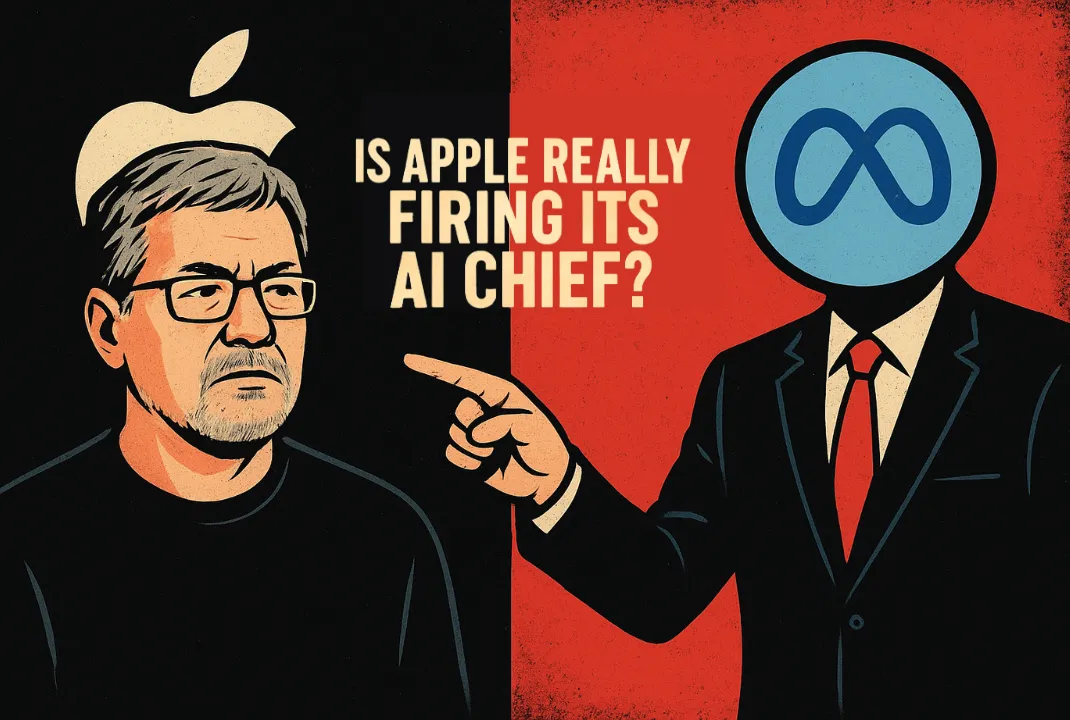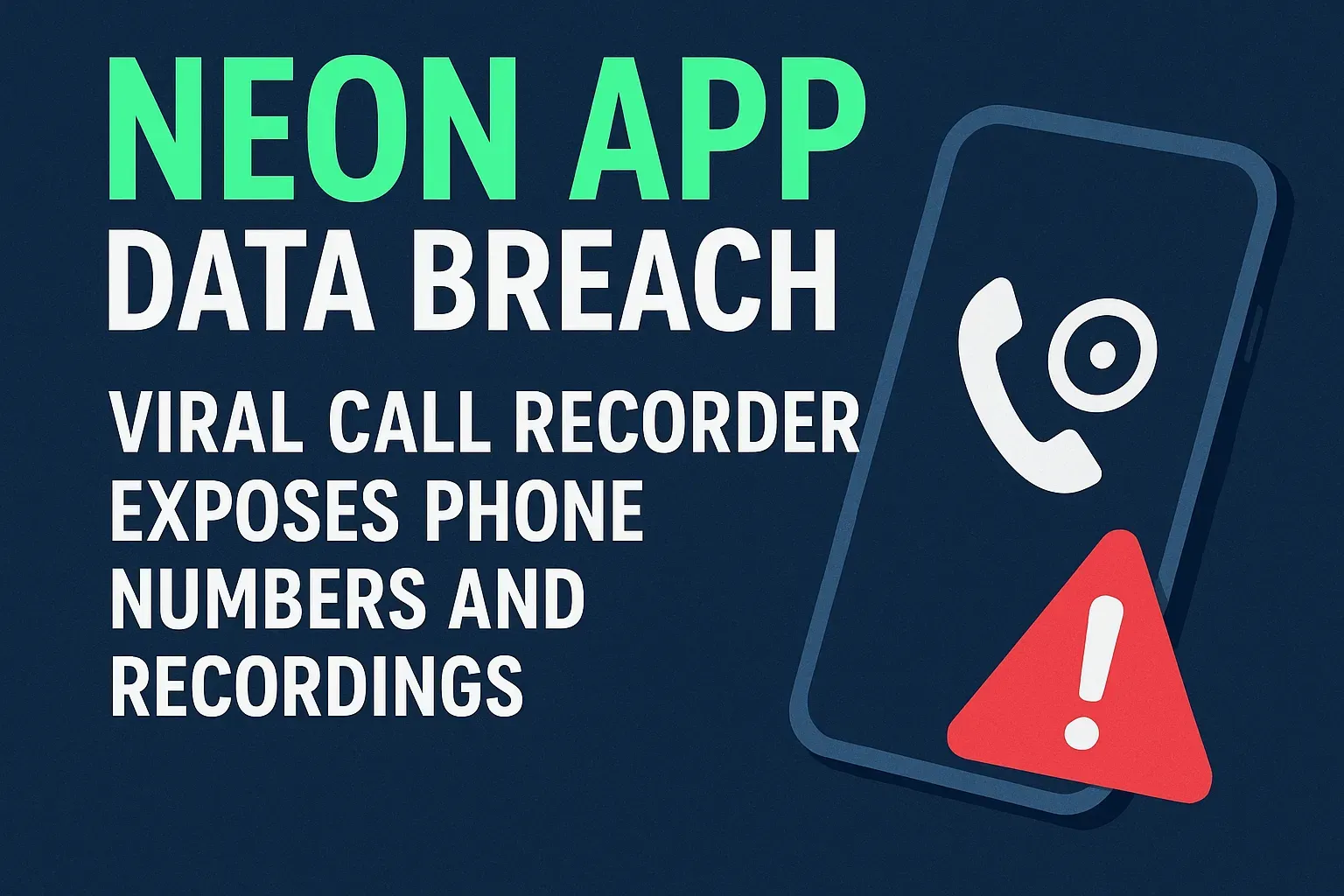On August 14, 2025, SpaceX did indeed execute two Starlink satellite launches. A Falcon 9 rocket launched 24 Starlink satellites from Vandenberg Space Force Base in California, and another Falcon 9 launched 28 Starlink satellites from Cape Canaveral Space Force Station in Florida. Both launches were a success, with the Falcon 9 first-stage boosters landing safely on their respective drone ships, continuing SpaceX’s record of reusable rocket technology. These missions are critical for expanding the global Starlink internet constellation.
What’s New with Starlink California Launches?
Starlink Satellite Launches at Vandenberg Space Force Base in California. It was like watching a well oiled machine. 24 satellites up, 24 satellites good. The Falcon 9 boosters landed like a Swiss watch. Talk about a showstopper.
This is more than an event. Reusability is turning Starlink’s internet growth from an imaginative vision into a practical reality. As you can see, every booster that can fly again results in smaller margins, cheaper costs, and a fiercer competition to install broadband throughout the world.
Florida Starlink Satellite Launches Expansion & Internet Connectivity
Florida is keeping the pace with regular East Coast launches, beating like a drum in the background of the space race. The latest mission launched 28 Starlink satellites from Cape Canaveral. These are practical achievements that make the space industry seem like an orchestra rather than a free for all and go beyond just throwing more hardware into space.
The Florida Falcon 9 boosters follow the same script as the California ones but with their own brand of East Coast swag. The booster landing on the drone ships after each mission is pure genius and supports Starlink internet.
Why Do These Starlink Satellite Launches Matter?
You might be thinking, “What’s the real impact?” of more satellites. It comes down to one thing: it helps to improve access and connectivity. Launches of the Starlink satellites mark a bold attempt to deliver dependable, fast internet to areas that traditional infrastructure pioneers envision as remote villages, sweeping deserts, and even those metropolitan voids that cable companies fear to enter.
By hurling these satellites skywards with reliable Falcon 9 reusable boosters, SpaceX is rolling out a paradigm shift in the Starlink internet expansion saga, turning internet deserts into digital oases. The impact? Access to education, emergency services, and global markets suddenly becomes a realistic expectation, not a far-off fantasy.
The Technical Ballet Behind the Scenes
Don’t let the dazzling rocket landings steal all the spotlight. The real geekery is in how these satellites lock into their precise orbits. They have to slot into a complex global network, maintaining a delicate balance in the congested low Earth orbit space.
The reusable rocket technology isn’t just about economics but plays a huge part in making these launches fast, regular, and cost-efficient. With each Falcon 9 reusable booster that returns, SpaceX inches closer to making ubiquitous broadband affordable and commonplace a godsend for millions yearning for reliable Starlink broadband.
Starlink’s Rapid Rise: What’s the Hidden Cost?
As we all know nothing is flawless. So, there are still some annoying questions even if the Starlink California and Florida launch streak is expanding internet service worldwide. Can the expanding fleet of satellites be taken care of in an orbital environment? In what ways will regulatory structures change to accommodate this expansive constellation?
What’s Next for SpaceX’s Space-Faring Internet?
As the Falcon 9 boosters keep doing their thing, safely landing on drone ships in the middle of the ocean, the Starlink satellite launch story will continue to unfold. It’s a story of ambition, innovation and a bit of balls. A future where internet coverage is not a privilege but a given.
If you think about it, SpaceX’s dual coast launch capabilities, with simultaneous launches in California and Florida, is a logistical marvel. It’s not just a company launching satellites, it’s a tech giant reimagining how internet infrastructure can be deployed at scale.
So what do you think of these Starlink satellite launches? Are they the silver bullet we’ve been waiting for in global connectivity or is there a Gordian knot in the logistics and orbital realities? Comment below. Let’s make this a conversation as big as the sky.












Leave a Reply
You must be logged in to post a comment.